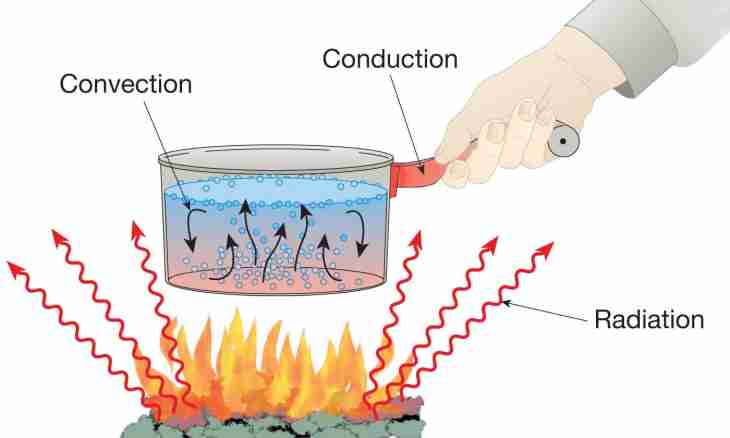Radiation is quite general concept. Scientists mean the radiation of any body by this term. In total contain 4 types of ionizing radiation: alpha, beta, gamma and x-ray (brake) radiation. Each of them is characterized by a certain nature of radiation which in high doses can do irreparable harm to human health.
Radiation (ionizing radiation) is a stream of the loaded microparticles leading to change of physical and chemical properties of substance to which it is directed. Radiation is subdivided into subspecies depending on a source. The human health is worked great mischief by alpha particles. They do not pass through skin, but nevertheless can get into a human body through mucous membranes, through open wounds, together with the inhaled air, food or water. From beta particles you will be saved by the thin sheet of aluminum (several millimeters), and here from gamma radiation you will be saved by only a lead leaf not less than 5 cm thick. Officially radioactive radiation was opened in 1896 by the French scientist-physicist Henri Becquerel who became a Nobel Prize laureate later. In his honor also called substance radioactivity unit of measure. However in 1857 the French photographer Abel Nyeps de Seong-Victor defined that uranium salt has the unknown radiation by means of which it was succeeded to light photographic materials in the dark. But on it all also ended. Abel Nyeps did not patent the invention, and only 40 years later Becquerel could by a scientific method to open ionizing radiation (radiation). At measurement of radiation the scientists use also curie unit (1 Ci = 37 GBq) where GBq - gigabecquerel, that is 10 in the fourth degree of Becquerels. In turn 1 Becquerel designates the number of radioactive decays in a second. Scientists measure extent of radiation in Gray, childbirth or X-rays, and in relation to living organisms - in sieverts and rem. 1 sievert (Stars) it is equal to 1 joule (J) of energy from a radioactive source absorbed by 1 kg of biological fabric. Radiation does not harm a living organism only in small doses and if its influence was short. For example, the admissible dose of radiation by X-ray for the person makes 1.5 millisieverts a year. If the organism received single radiation in 250 millisieverts, then clinical manifestations of radiation sickness are possible. Scientists noted that high doses of radiation are capable to cause infectious complications, a metabolic disorder, a leukosis, infertility, malignant tumors and a beam burn. During scientific research it became clear that having received a single dose in 3-5 sieverts, a half of irradiated dies of damage of marrow. The immediate death comes at a single dose in 80 sieverts.

